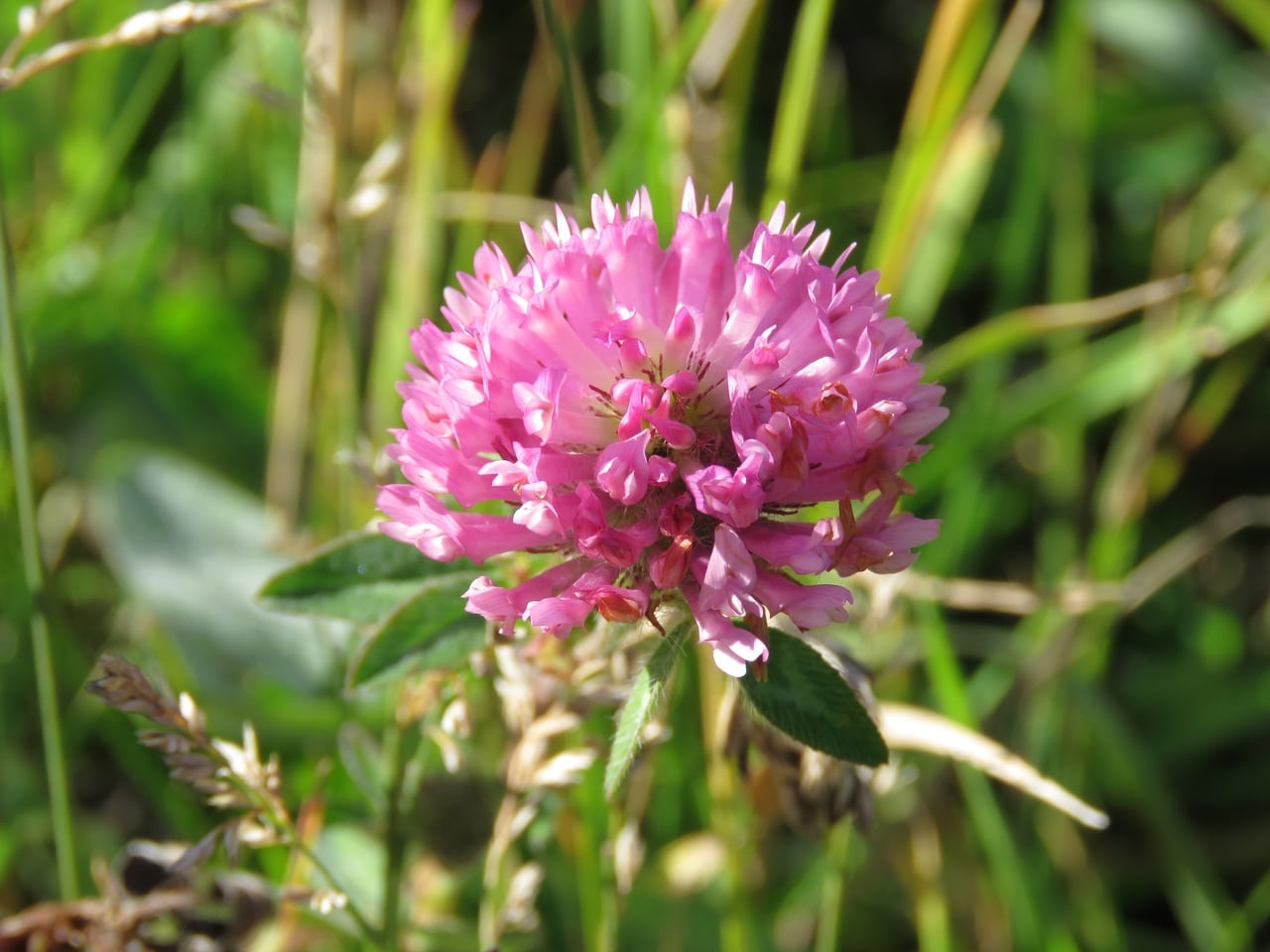
El Red clover It is a herbaceous plant with multiple uses, such as ornamental or even medicinal. It does not grow much, in fact it barely exceeds one meter in height, so it is ideal to grow in a pot throughout its life, or in any type of garden, large or small.
If we talk about its maintenance, anticipate that it is very simple. It grows fast and produces beautiful flowers every spring receiving minimal care.
Origin and characteristics of red clover
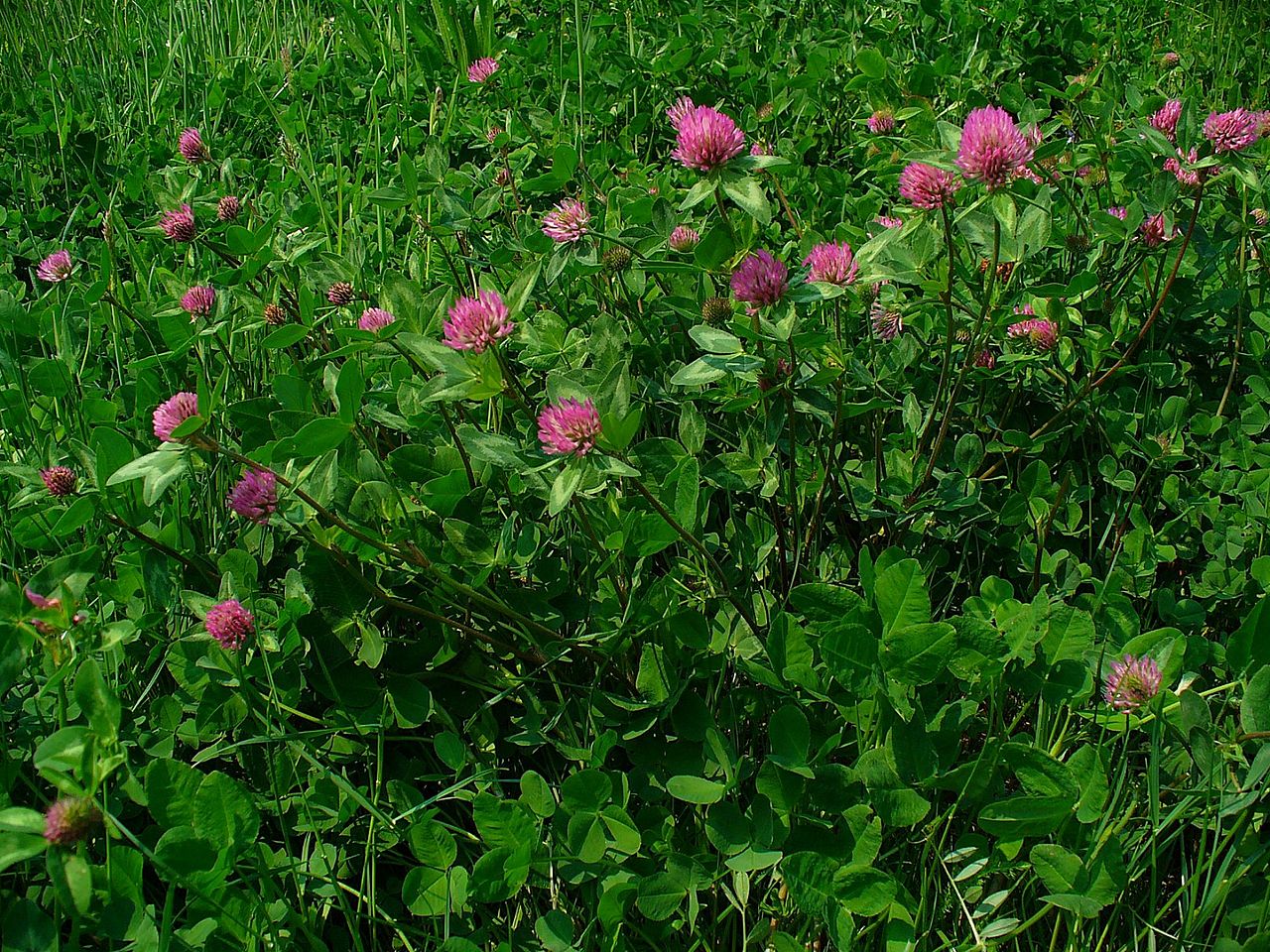
Image - Wikimedia / H. Zell
The red clover or violet clover as it is also known, is a perennial legume herb whose scientific name is Trifolium pratense. It is native to Europe, western Asia, and northwestern Africa, and is believed to have been cultivated in the XNUMXth century. Grows to a height of between 10 and 110 centimeters, although the normal thing is that it does not exceed 60 centimeters.
It develops erect or ascending stems, with trifoliate leaves composed of leaflets with oval shape and a size of 1 to 3 cm long by 8 to 15 millimeters wide, of green color. The flowers are grouped in inflorescences 2-3 centimeters in diameter, with globose heads of purplish pink, white or purple color. The fruit is a legume that contains a seed.
Varieties
These are:
- Early flowering: are those that bloom in April-May, such as Kedland, Midland or Essex.
- Flowering in season: they are the ones that bloom at the end of May, such as Tetri, Roya or Barfiola.
- Late flowering: are those that bloom at the end of May-June, such as Viola, Marcom or Gollum.
What is your cultivation?
If you want to have a specimen, then we offer you several tips so that you can enjoy this wonderful plant:
Location
Red clover is a plant that must be outside, in full sun. In shady corners it does not grow quite well: the stems weaken, giving the specimen a sad appearance, and it does not flower. However, it can be, for example, under trees whose crown is rather small.
Earth
It is not demanding, but we recommend the following:
- Potted: fill it with universal substrate.
- In the garden: it grows in fertile soils with good drainage, but it is better to have it in a pot to control its growth. You can choose to plant it with the container in the ground.
Irrigation
It is an herb that wants a lot of water, so irrigation will be frequent. In general, it will be watered an average of 4 times in summer, and somewhat less the rest of the year.
If you have it in the garden and in your area about 700mm of precipitation falls each year, and there are regular rains that are registered throughout the months, it will not be necessary to water it.
Subscriber
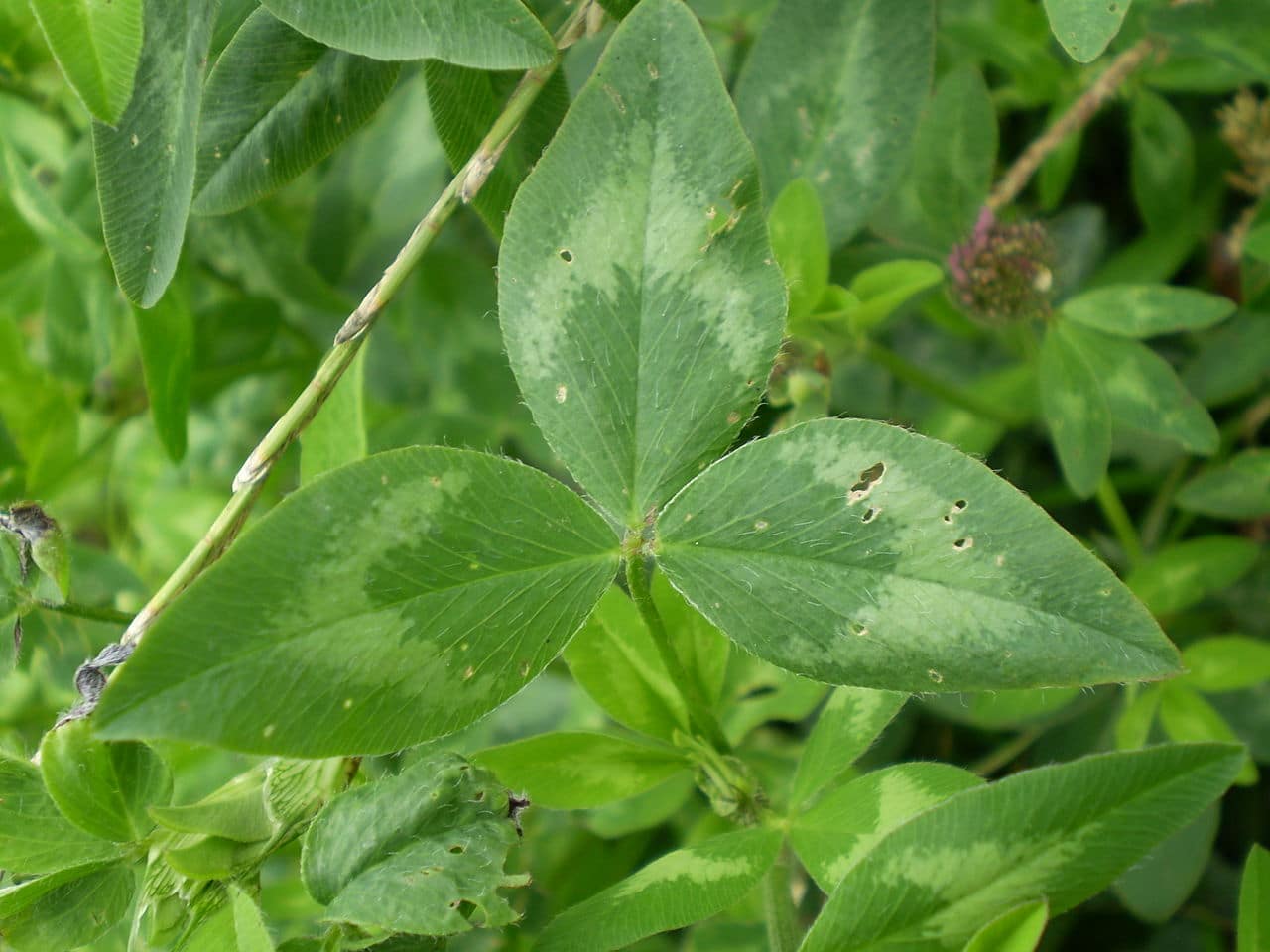
We do not advise it, but if you want you can fertilize your red clover in spring and summer with a little guano or another organic fertilizer. If applicable, follow the instructions specified on the package, especially if you choose to use liquid fertilizers as otherwise there could be a risk of overdose.
Multiplication
It multiplies by seeds in spring following this step by step:
- First, choose a seedbed: it can be a seedbed tray of those that are used to sow seeds of garden plants, yogurt or milk containers previously washed with water, flowerpots, ... Anything that is waterproof and that has or is can make a few holes in its base will do.
- Then, fill it with universal substrate, or if you prefer, with a specific one for seedlings that already sell ready to use (you can buy it here).
- Then water thoroughly, moistening the entire substrate well.
- Next, spread the seeds on the surface of the substrate, ensuring that they are as far apart from each other as possible. In this sense, it is appropriate to put 2 or 3 in a pot of about 12 centimeters in diameter, since they will surely all germinate and ... they must all come to fruition.
- The next step is to cover them with a thin layer of substrate. More than anything, it is so that the sun does not shine directly on them.
- Finally, place the seedbed outside, in full sun, and keep the substrate moist.
That way they will germinate in a week or so.
Planting or transplanting time
Spring is a good time to plant red clover in the garden, or change it pot.
Plagues and diseases
It has no pests, apart from some snail attack that can be avoided by putting diatomaceous earth around the plant for example; but when it comes to diseases, yes that it is vulnerable to many fungi, such as rust, powdery mildew, Sclerotinia, and Rhizoctonia.
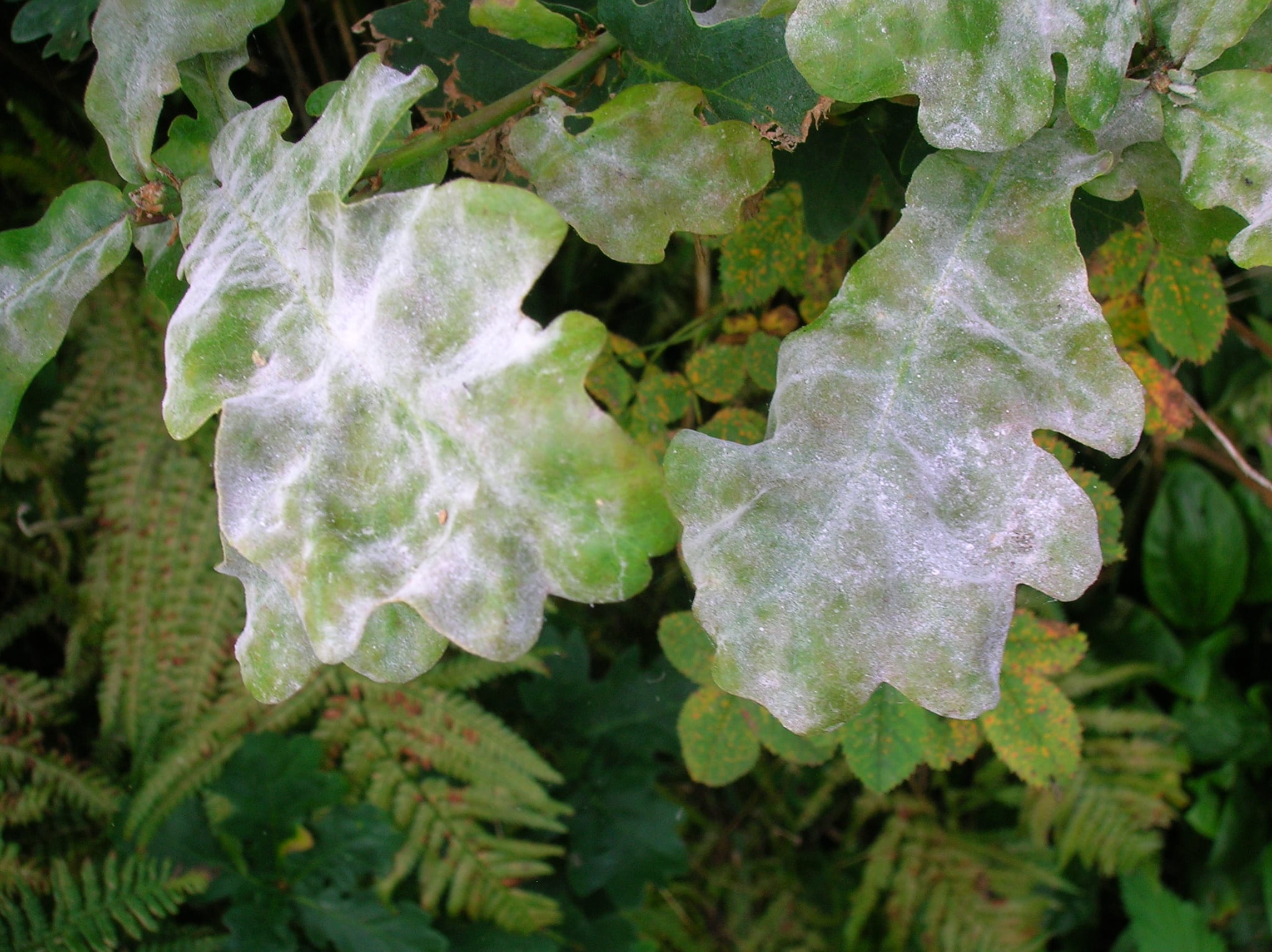
What these microorganisms do is, basically, rot the roots and / or cause the appearance of reddish-orange (rust) or gray-white spots on the leaves (powdery mildew). To avoid or combat them, it is advisable to do preventive treatments in spring and autumn with copper or powdered sulfur, and in summer with spray fungicides.
Rusticity
Resists well cold and frost down to -12ºC. But you should know that their life expectancy in hot climates is less than in colder climates: about 3 to 4 years. This is so because temperate-low temperatures slow down their growth; on the other hand, the warmer ones accelerate it.
What uses does red clover have?
It has several:
Ornamental
It is a very beautiful herb, easy to care for, and to multiply, which will brighten up the place where spring is. What's more, It can be had both in a pot and in the garden.
As fodder
It is widely grown for livestock feed. It is rich in carbohydrates and is highly digestible.
Medicinal properties of red clover
It is an herb that is often used to reduce the effects of menopause, control diabetes, and improve the circulatory system.
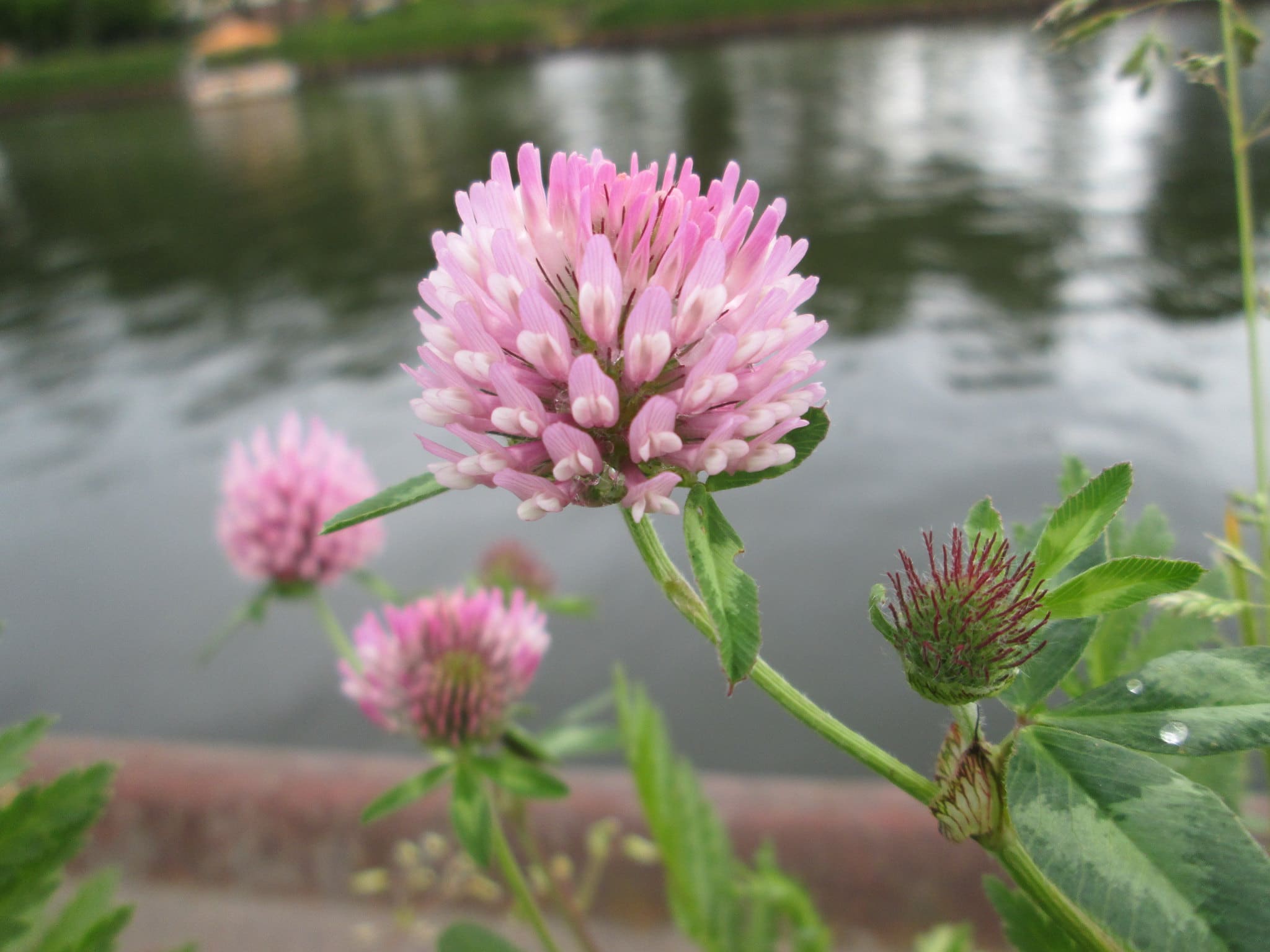
Image - Flickr / Andreas Rockstein
What did you think of this herb?